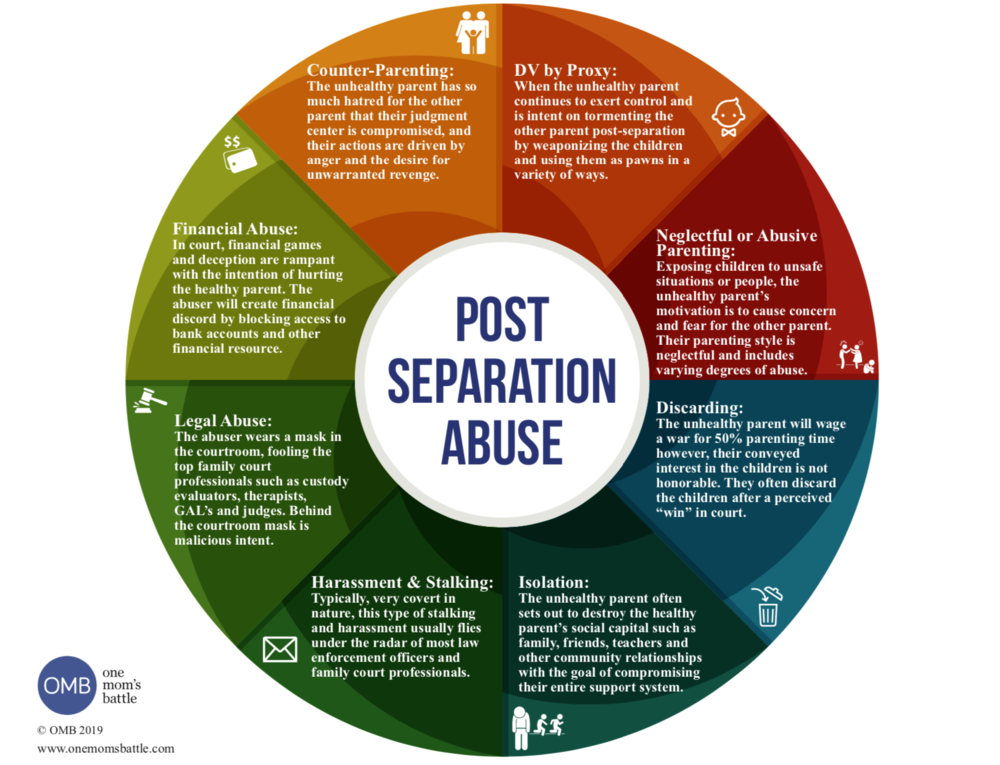Understanding abuse is very similar to understanding trauma; we could say that they are like aggressions and can be lived in different ways, they can steal your identity and your normal life and even determine your gift, although it has been many years since then, therapeutic work is to do justice and prevent it from continuing to cause the theft of life and identity.
Sometimes people in critical situations are not seriously affected, as the biggest mental health problem is chronicity or a number of critical events. Our will and experience not only play an important role in mental health, but they are also important in all aspects of our lives.
- The essential is invisible to the eyes.
- And psychological abuse is the one that generates the most suffering and accompanies the other abuses suffered by victims of violence How do you no longer be where you think you should be?In order to answer this question.
- You have to know how abuse works.
- And it allows you to know in depth the suffering and difficulty of leaving this type of link.
- Essential not to put superficial labels.
It is in the final phase of the history of violence that aggression can increase, as the aggressor may feel threatened with his control, so it is essential to discuss, develop and detail security plans to leave the relationship or end the violence.
Do we believe that only half of women have a history of violence — which usually lasts about six years — manages to break the relationship after an average of five to eight attempts, in these cases human resources (social network) and economic resources are the key to getting out of a situation of chronic violence.
Submission, terror, incompetence (intellectual and emotional), self-confidence, control and internal psychological feeling of filth and corruption (product of rape) are the image that best describes the lives of victims of violence. According to the criterion of reality, it can accumulate turning points, not return and end the relationship, otherwise other possible patterns of violence will evolve.
Understanding abuse is very similar to understanding trauma and helps positively change the narrative of the event.
The percentage of women injured by their partners is equivalent to that of women injured in traffic accidents, assaults or sexual assaults. About half of all assaults cause physical injury, but only 4 out of 10 require medical assistance (Fisher, 2001).
They say words spread over time, but in terms of mental health, the messages that are conveyed are extremely important to those who receive them. Understanding abuse from an adaptive functional perspective can greatly contribute to positively altering the narrative of the event.
In his intention to understand abuse, Stark (2007) compared fear, emotional sadness, difficulty sleeping and the focus on victims subjected to physical violence and / or coercive control, being significantly superior to coercive control. It could be said that there are different trajectories of physical activity. violence: breaking bones, strangling, stopping, attacking with weapons, throwing objects are some examples of the different strategies of this type of violence.
Emotional violence is very subtle and can be more harmful than physical blows, victims may feel intellectually incompetent, think that they are crazy or not worthy of being loved or unable to love The most common ways to exercise psychological and/or emotional violence are:
Violence can devastate even the most hidden part of the “I,” such as trust in one’s own judgment. There are other types of violence that also occur in intimate relationships:
As we have seen, abuse may have different trajectories, but the way violence is built in intimate relationships is a vicious circle from which it is very difficult to get out, the steps that lead to violence are:
As in all crises, there are moments of stability, improvement, accelerated deterioration and/or regression, but we must not forget that recovery and reconstruction processes are possible and that they accelerate and coexist with rupture, violence alone transmits very powerful and destructive messages. , so working with victims of violence is about empowering them, because ‘only the living can do psychotherapy’.

